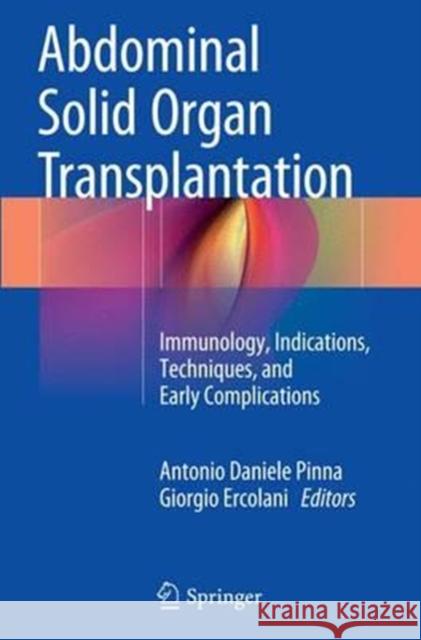Abdominal Solid Organ Transplantation: Immunology, Indications, Techniques, and Early Complications » książka
topmenu
Abdominal Solid Organ Transplantation: Immunology, Indications, Techniques, and Early Complications
ISBN-13: 9783319358024 / Angielski / Miękka / 2016 / 453 str.
Abdominal Solid Organ Transplantation: Immunology, Indications, Techniques, and Early Complications
ISBN-13: 9783319358024 / Angielski / Miękka / 2016 / 453 str.
cena 401,58
(netto: 382,46 VAT: 5%)
Najniższa cena z 30 dni: 385,52
(netto: 382,46 VAT: 5%)
Najniższa cena z 30 dni: 385,52
Termin realizacji zamówienia:
ok. 22 dni roboczych
Dostawa w 2026 r.
ok. 22 dni roboczych
Dostawa w 2026 r.
Darmowa dostawa!
Kategorie BISAC:
Wydawca:
Springer
Język:
Angielski
ISBN-13:
9783319358024
Rok wydania:
2016
Wydanie:
Softcover Repri
Ilość stron:
453
Waga:
0.88 kg
Wymiary:
23.14 x 17.4 x 2.87
Oprawa:
Miękka
Wolumenów:
01











